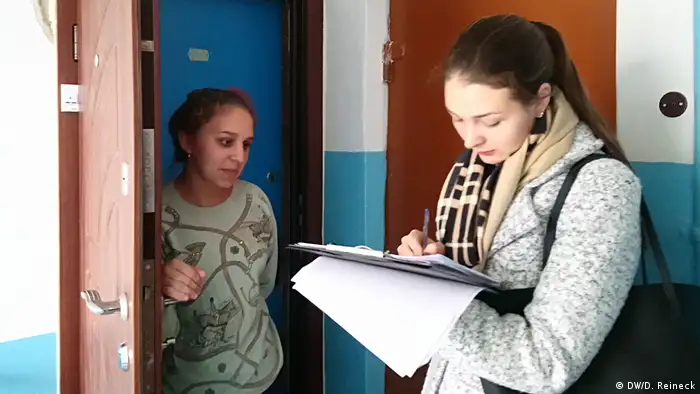Interview
Connecting with audiences
DW Akademie Project Manager Dennis Reineck speaks about the role of audience research in media development and DW Akademie's new study on the issue.
We talked to our colleague Dennis Reineck about the findings in the new DW Akademie report “Audience Research in Media Development”. He is one of the three editors of the publication.
#mediadev: Why should media development organizations conduct audience research?
Dennis Reineck: Well, there are dozens of reasons. But I think most important is that they need to find out what impact they are having on the demand side, on the part of audiences which in many cases are the beneficiaries of media development projects. It is up to donors and development organizations to demand that partnering media outlets connect with their audiences in a meaningful way. And research is a good way of finding out whether this is the case.
Does that have to do with media viability?
Definitely. There are two aspects here. The first is dependency on donor funding. If there is no incentive to give audiences what they want and need, media outlets will close down once the funding well dries up. The second is that audience research is a fundamental building block for establishing a common currency in advertising markets. We need mutually trusted research to find out how many people are reached by media outlets and specifically which segments of the population.
Which results of your “Audience Research in Media Development” publication are of particular importance to you?
My co-editors Laura Schneider and Christoph Spurk and I were each responsible for one case study. In Colombia, Laura and her colleagues used a mixed methods design: digital analytics, a survey and focus groups. They found that community radios are successful in community building if they interact with their audiences rather than using social media as a channel to distribute press releases. Christoph and a colleague compared listeners and non-listeners of a program on women and land rights in Kenya. Though they could hardly find significant differences, the research is valuable because it shows us that “media effects research” is only possible under certain preconditions. And the Media and Information Literacy (MIL) assessment I tested in the Palestinian Territories showed that measuring MIL with standard questionnaires is a bad idea – you need to conduct a proper skills test to measure actual levels of MIL. How this works is explained in the study.
Talking of the audience seems an anachronism in an age where everyone is their own media producer, doesn’t it?
I beg to differ. About ten years back, there was a lot of talk of the digital revolution fundamentally changing the role of audiences. Of course, digitization has changed media and information ecologies. But we need to remember that a big share of the content distributed via social media is professional media content. And everyone, from social networks to media outlets wants to know to what extent and how it is being used. I think digital analytics is an important means to this end. But there is still a lot to do for media development organizations if they want to leverage that data in an ethical way. That’s part of the challenge of audience research in the digital age.
The DW Akademie study “Audience Research in Media Development” defines audience research in media development, gives an overview of recent developments in the field and presents three case studies conducted on behalf of DW Akademie in various fields of audience research (measurement of media and information literacy, quasi-experimental design, triangulation of social science and digital analytics methodologies).
DW recommends
WWW links
Downloads
- Date 07.11.2017
- Feedback: Send us your feedback.
- Print Print this page
- Permalink https://p.dw.com/p/2n7ON
- Date 07.11.2017
- Send us your feedback.
- Print Print this page
- Permalink https://p.dw.com/p/2n7ON

